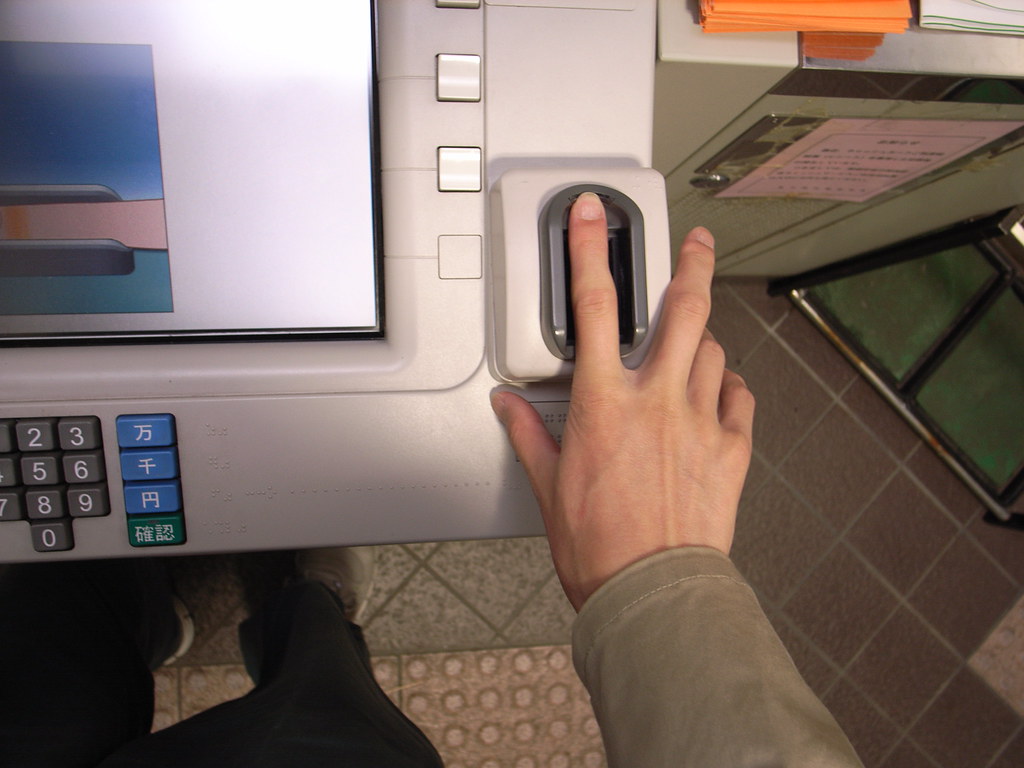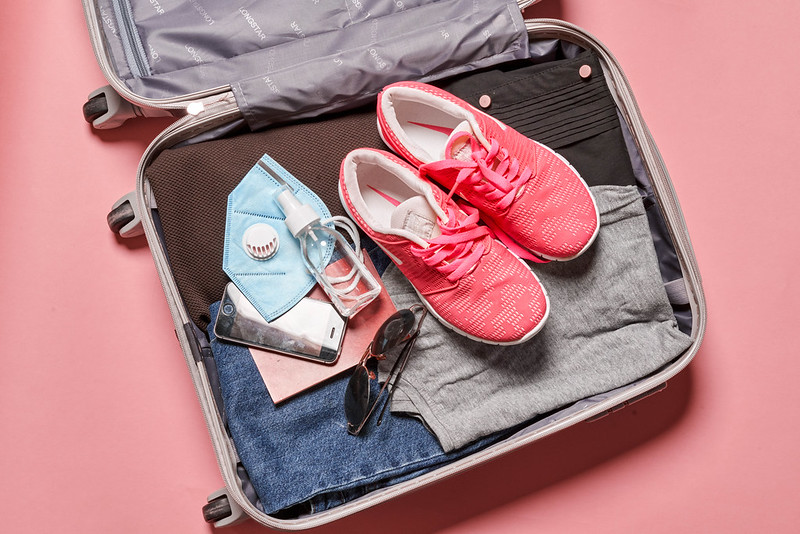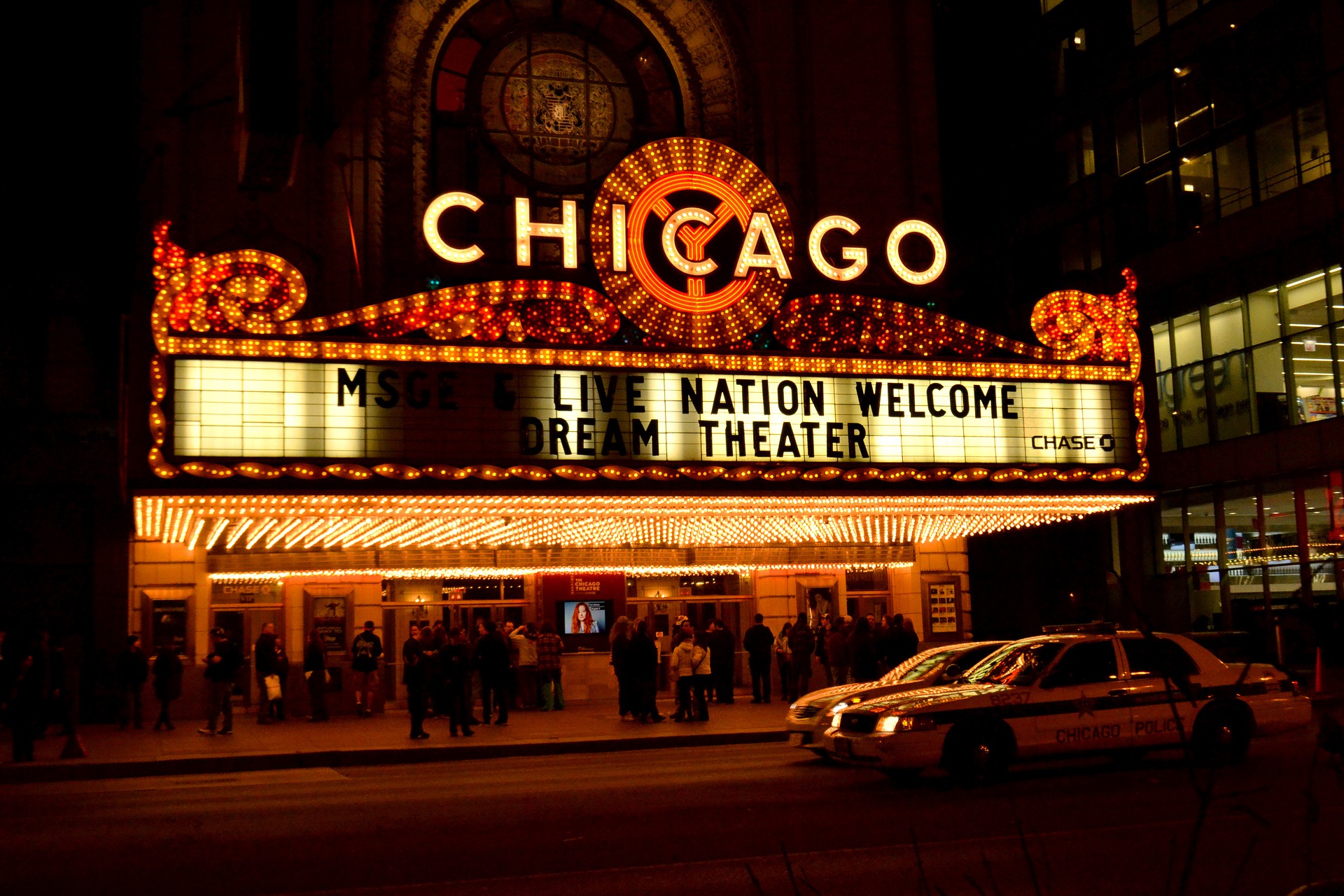Facial recognition lets you get into your smartphone, and it is going to let you across different borders. Before you embark on your next journey, it is important that you know what to expect. The goal is to be more efficient at domestic airports, but privacy is also important. There are several things you should know about the latest in border screening technology.
Customs and Border Patrol collects data at border crossings, including the time, date, and location of the crossing. They also collect information from all of the documents they see, as well as information about what items people take across borders. If you cross in a vehicle, CBP collects information about that, too. CBP also collects biometric data like fingerprints and face scans, especially for non-US citizens.
1. What is Biometric Screening?
Biometric screening is the technical term for using facial recognition to identify passengers. Anytime that you use your biology to identify yourself, you are using biometrics. Other forms of biometric screening include fingertip scanning and eye scanning. When biometric screening is done at a border, a camera takes your picture and it is matched to a picture that government agencies have on file. Eventually, the goal is to replace paper passports with biometric screening.
2. What about CLEAR?
CLEAR is a biometric scanning technology that is already used in airports around the country. This is a paid system that is certified by the Department of Homeland Security. This system allows travelers to bypass traditional TSA screening at airports. CLEAR will continue to be used at airports, stadiums, and other large venues.
3. How is the TSA involved?
The Transportation Security Administration will be working with Customs and Border Patrol especially at international terminals. The TSA is using this technology with Delta Airlines in Atlanta at one security checkpoint, so they can see if it will be efficient around the world. TSA reports that most people are deciding to opt-in. With TSA using this technology, the organization is trying to speed up the lines in domestic airports.
4. Can you opt-out?
If you are at an airport that is using facial technology, you can opt-out. But, your photo still becomes a part of the government gallery. For people who are choosing to opt-out, the biometric system is not meant to track people in the United States. It is designed to replace paper documents.
5. What about privacy issues?
Privacy is always an issue when discussing facial recognition software, especially when the government is using it. According to the TSA and the border patrol, their facial technology is private. But, the fact that an image is made of your whether you agree to it or not is troublesome for many people. No one knows if the technology will be used for other reasons in the future, because there is not any regulation regarding collecting and using the images. The American Civil Liberties Union is following the situation and is against it.






